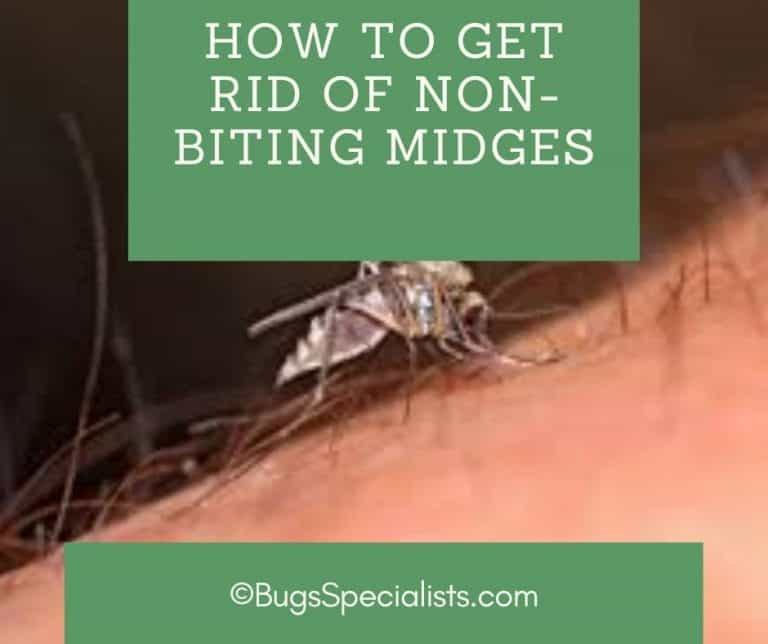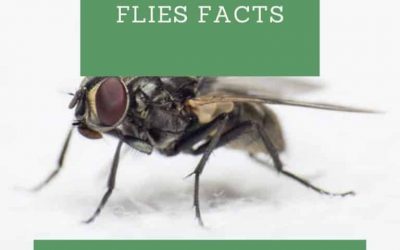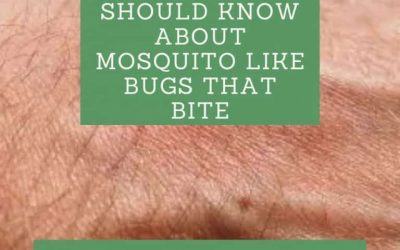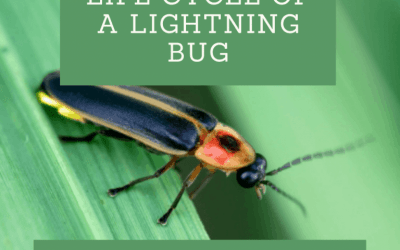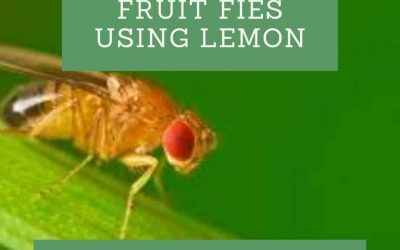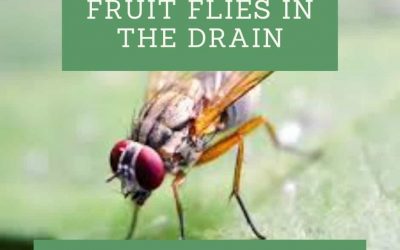If you live close to a large water body such as pond, marsh or pond, then you have likely come across these pesky insects.
While non-biting midges might not pose a direct health threat, they can make life uncomfortable. These midges do not transmit disease, and they make life uncomfortable because they can appear in large swarms.
Many people who encounter them find them annoying.
Thus, the guide below takes a look at how to get rid of non-biting midges. You have many options for this, and it’s good to be well informed for the best results.
This starts by identifying what these flies are, how to get rid of them and more.
What are Non-Biting Midges?
Non-biting midges also carry the botanical name “chironomids”, and they often exist around large water bodies. Many people also refer to them as “blind mosquitoes” because they look like mosquitoes, but they won’t bite.
You want to get rid of them because they can increase, and become many. Even if these insects don’t bite, they can buzz around your house, and make a wrong impression on your guests. The good thing is that there are many DIY options you can use to control these unwanted insects. They are simple to use, and you can customize them to suit your specific needs.
The Steps in Getting Rid of Midges
Below are some few fundamental techniques you can use on how to get rid of non-biting midges. You will notice that some of these methods are similar to the types people use to control pets traditionally. They include:
1. Set up Biting Insect CO2 Traps
A CO2 trap (Carbon Monoxide) is a device that you can use in open outdoor spaces to help regulate mites’ presence. Most of them are drawn to the presence of humans, usually for food such as rotting fruit. The trap has unique apertures that capture the insect inside.
Usually, the inside of the trap contains a sticky substance, which helps catch the midges. While the CO2 traps are mainly suitable for mosquitoes, they also work well for various types of flies. The only important thing is that you have to install them at the right location and ensure you replace the CO2 supplies on time.
2. Install Small Mesh Screens
Instead of using the traditional window design with an open space, consider adding a unique fixture to the window. A small mesh screen is excellent for this purpose because it helps trap the non-biting midges as they try to get through to your home.
While it may not be a technique that guarantees 100% efficiency, you can use it as part of your regimen for controlling their presence. Like the CO2 traps, you have to install the mesh screens at the correct location.
It will help improve their efficiency in trapping the midge flies. The good thing about them is that you can get convenient ones for doors and windows without significantly modifying these structures.
3. Use Insect Repellant
The age-old method of getting rid of insects! Insect repellants are available in many different types, and you can choose one that is suitable for non-biting midges.
Never access a room when it’s still wreaking of insect repellant. Give it at least an hour for the insect repellant to subside first. It’s an effective but delicate answer on how to get rid of midge flies in the house.
You can also enlist the services of a home maintenance service provider to help disinfect remote areas in your home. These can be excellent for getting rid of the larvae of midge flies in large homes.
4. Get a Powerful Air Conditioner
A powerful air conditioner works wonders when it comes to getting rid of such insects. The air conditioner’s vacuum creates in the air sucks up the insects from the air and releases the outdoors.
Plus, it can also make small internal spaces uncomfortable for insects. However, a small air conditioner can still work, provided you install it strategically to cover the entire room.
So, if one asks on how to get rid of midge flies in aquarium, tell them to consider an air conditioner. Why? It’s the perfect way to get rid of these flies indoors, and without having to use harmful chemicals on your fish.
Related reading How to kill bird mites on skin
5. Lighting Modification
If you live close to a water body such as a pond or lakeside community, consider modifying your property’s lighting structures.
Research has shown that LED lights are excellent deterrents for night-flying insects.
They are better in comparison to fluorescent and metal halide lighting fixtures. A few helpful tips when using LED lighting to get rid of midge flies include:
- Avoid using floodlights – these lights are powerful, and can cause a disturbance on neighbors, and might even lead to vision issues.
- Gain insight on local lighting rules – your local state or county probably has a few rules you should learn on local lighting.
- Remember energy bills – remember to keep track of your energy bills, as powerful lighting can cause a considerable dent in your pockets.
6. Work on Your Landscaping
Most insects thrive in bushy places, filled with litter or rotting food, and damp. Thus, you consider improving the quality of your landscaping.
The main reason for this is to help reduce the likelihood of insects proliferating in your compound. What if a property owner asks on how to get rid of midge flies in garden?
Well, a few helpful tips on landscaping to getting rid of flies might include:
- Cut down bushes – flies thrive in bushes because they have compact spaces for laying eggs, and are often damp.
- Get rid of unwanted pools of water – water is the primary habitat for non-biting midge flies, especially stagnant water. So, learn more on how to get rid of midge flies in wastewater treatment.
- Strategic trash placement – they like feeding on rotten food and sugar substance. So, manage trash placement properly.
Finally
Overall, insects can cause have many adverse side effects on the quality of life at home. Being able to control them using the proper measures is crucial.
We have looked at some of the best ways on how to get rid of non-biting midge flies.
While this list not exhaustive, it’s an excellent way to extend your perspectives on insect control.
Related reading Insects attracted to light

